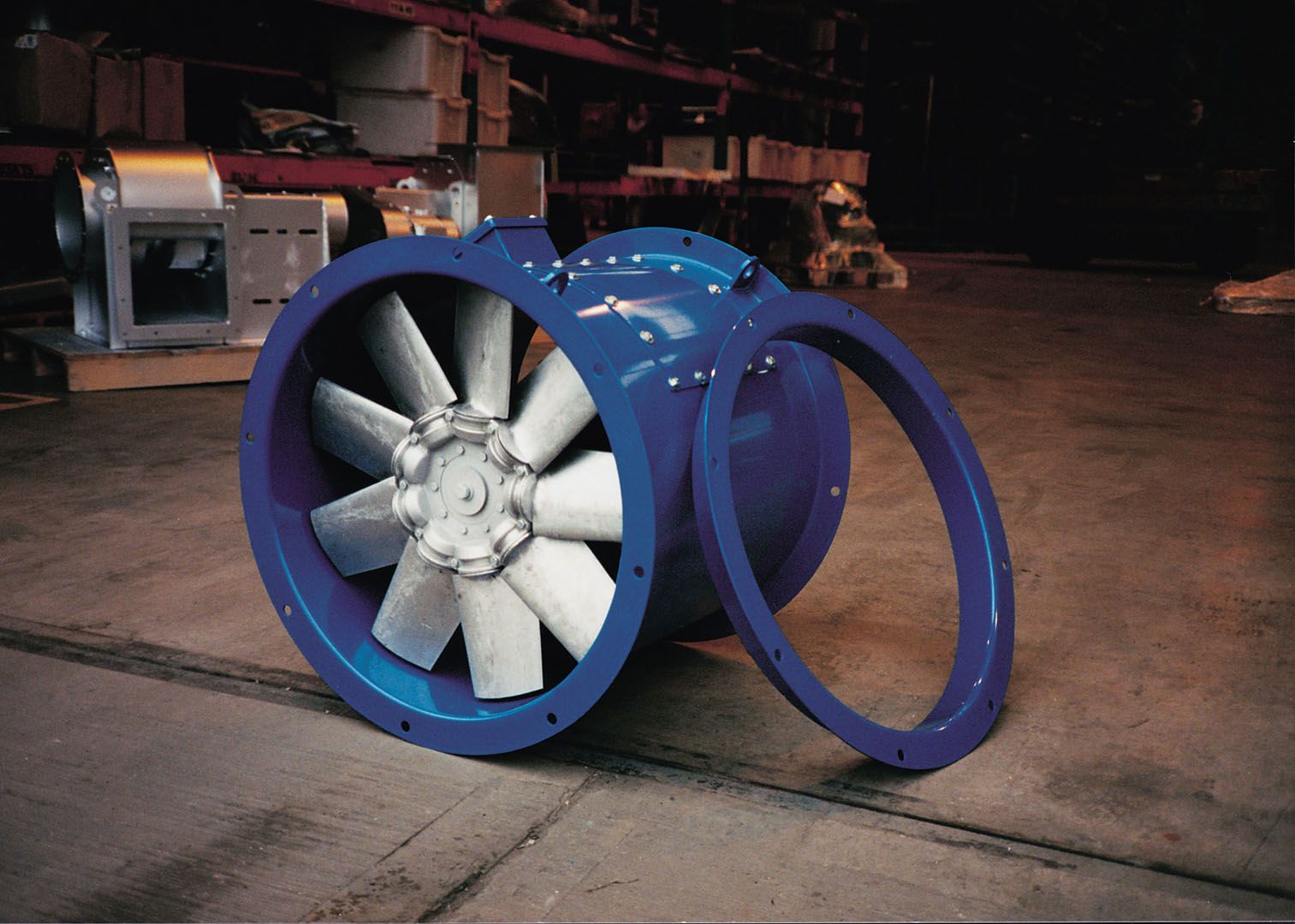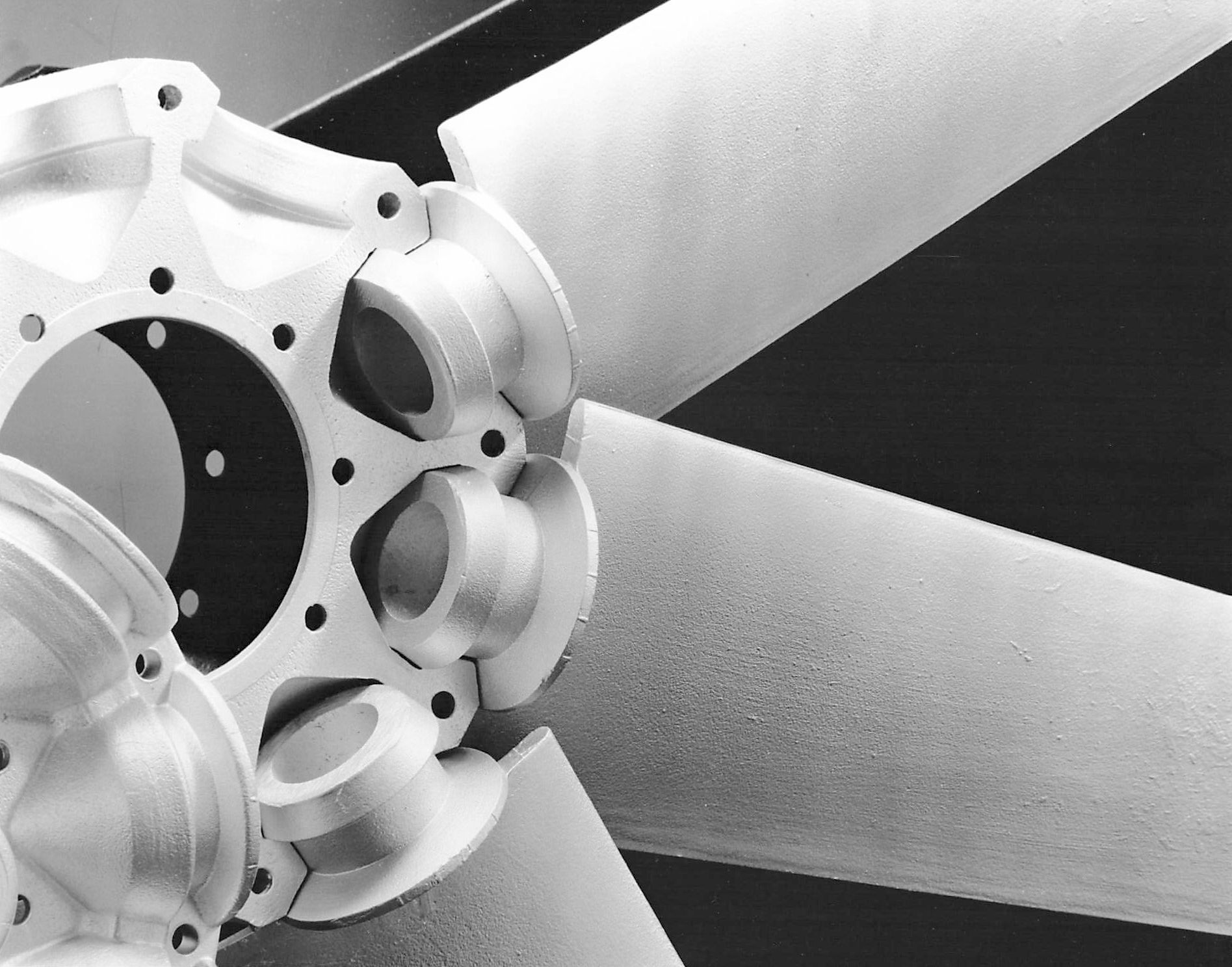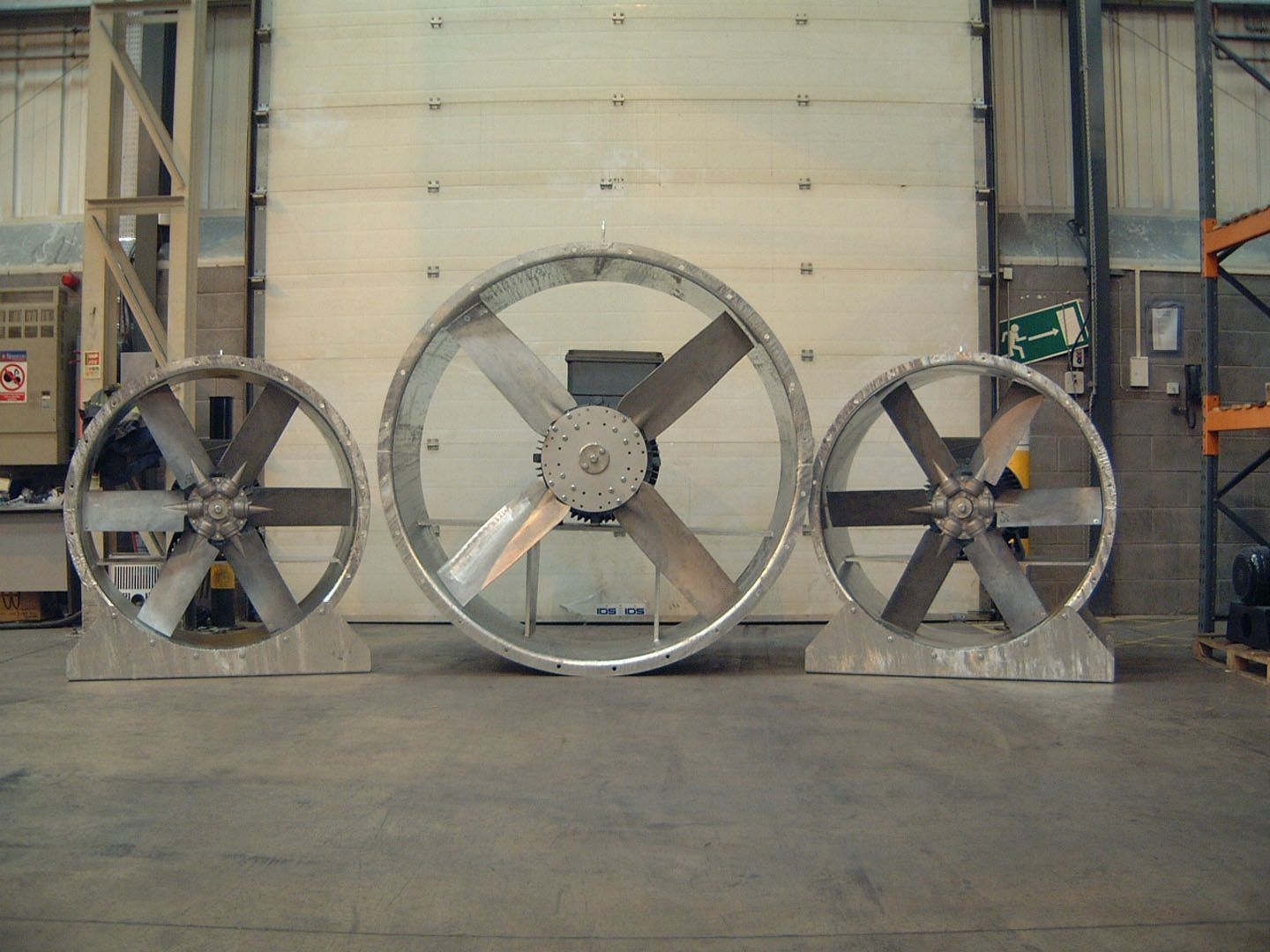
Are Inline Fans Axial Fans?
Published on 2 Jul 2025
Inline fans are extensively used in industrial ventilation systems to extract gases and fumes or cool equipment. The term “inline fan” refers to the fan’s location—mounted within the ductwork rather than on a wall or ceiling—but this placement doesn’t reveal much about how the fan actually works. One common point of confusion lies in the fan’s internal design, particularly its relationship to axial fans. So, are inline fans really axial fans?
What Makes Inline Fans Different?
Inline fans are ventilation fans typically installed within ductwork, rather than directly mounted externally onto a wall or ceiling surface like traditional exhaust fans. The fan motor and blades are housed within a casing that is designed to fit inside the duct. This compact design makes them perfect for applications where the fan needs to be integrated into an existing system without taking up extra floor space. Inline fans are primarily used for high-volume air circulation, and their design allows them to move air through long ducts or ventilation systems with relatively low pressure.
One of the main reasons inline fans are so popular in industrial settings is that they can handle large volumes of air with minimal noise and vibration because of their positioning within the ductwork, which helps contain sound.
Inline Fans' Relationship to Axial Fan Design
The design, functionality, and use of axial and inline fans differ. Inline fans are defined by their placement within a duct or ventilation system, rather than their internal mechanism. Their primary function is to move air efficiently through ductwork, but while “inline” refers to where the fan is installed, the internal design of an inline fan can vary, and that’s where its relationship to axial fans comes in.
How They Relate to Axial Fans
Many inline fans use axial impellers, which have the same blade configuration as standard axial fans. These blades draw air in and push it straight through the fan, in line with the axis of rotation. This axial-style internal design means that some inline fans are, technically, axial fans housed in a duct-compatible casing. However, not all inline fans are axial. Some are constructed with centrifugal or mixed flow technology, especially when higher pressure or quieter operation is required.

Mixed Flow Inline Fans
Mixed flow inline fans are a type of inline fan that combines the features of both axial and centrifugal fans to deliver high airflow with good pressure performance. They’re designed to move air through ductwork while maintaining quieter operation and more compact sizing than standard centrifugal fans.
They use a combination of axial fan blades (which move air straight through the fan) and centrifugal impellers (which create higher pressure by pushing air outward). This design provides a balance between airflow volume and static pressure capability. They outperform axial and centrifugal fans in filtered systems and space-constrained installations.
Inline Fans vs. Axial Fans in Industrial Applications
Understanding the difference between inline and axial fans helps facility owners select the right ventilation solution for specific industrial environments.
Axial Fans
Axial fans have a linear airflow, parallel to the fan’s shaft, and are typically mounted on walls or ceilings. They offer high airflow capacity, which means they can move large volumes of air in open or low-resistance spaces such as industrial or tunnel ventilation. They work well for cooling systems to prevent equipment from overheating, and they’re a cost-effective choice for short-distance ventilation needs. However, they don’t perform well under high static pressure and are generally unsuitable for long duct runs or more complex ventilation layouts, where airflow resistance is a factor.
Inline Fans
Inline fans are installed inside ductwork and can be designed using axial, centrifugal, or mixed flow technologies. They're better suited to applications where air needs to travel through ducts or across multiple zones. For example, you would find this type of fan in a chemical processing plant to extract hazardous fumes through a network of ducts and filtration systems.
Inline fans are well-suited for handling higher static pressure and effectively move air through longer or more complex duct runs. Their design allows for flexible installation within ductwork, and when insulated, they offer quieter operation, which is an advantage in noise-sensitive environments. On the downside, they can be more complex to install and maintain, and their initial cost is typically higher than that of basic axial fans.

The Final Verdict
Although many inline fans do feature axial fan mechanics, not all inline fans are axial fans. The term "inline" describes the installation method, not the airflow technology. Inline fans that use axial impellers are best suited to simple ventilation tasks with minimal duct resistance, whereas centrifugal or mixed flow inline fans are better for more demanding setups. While inline fans perform well in ducted systems with increased resistance, axial fans are best suited for moving vast amounts of air in open areas. The decision between inline, axial, or centrifugal fans is based on energy efficiency, noise levels, airflow, and pressure needs.
Improve Your Airflow with RHF Fan’s Expertise
Industrial fan design, application, and selection are complex. That’s why it’s important to understand the intricacies and functionality of the industrial fans available and be clear about what you need from an industrial fan. And if you’re not an engineering expert, selecting the appropriate fan model can seem like an impossible task. That’s what RHF Fans is here for: to provide expert advice and highly specialised fan solutions for your industry that will give your operations the boost they need. Contact our fan experts now to learn more about our custom industrial fans.
